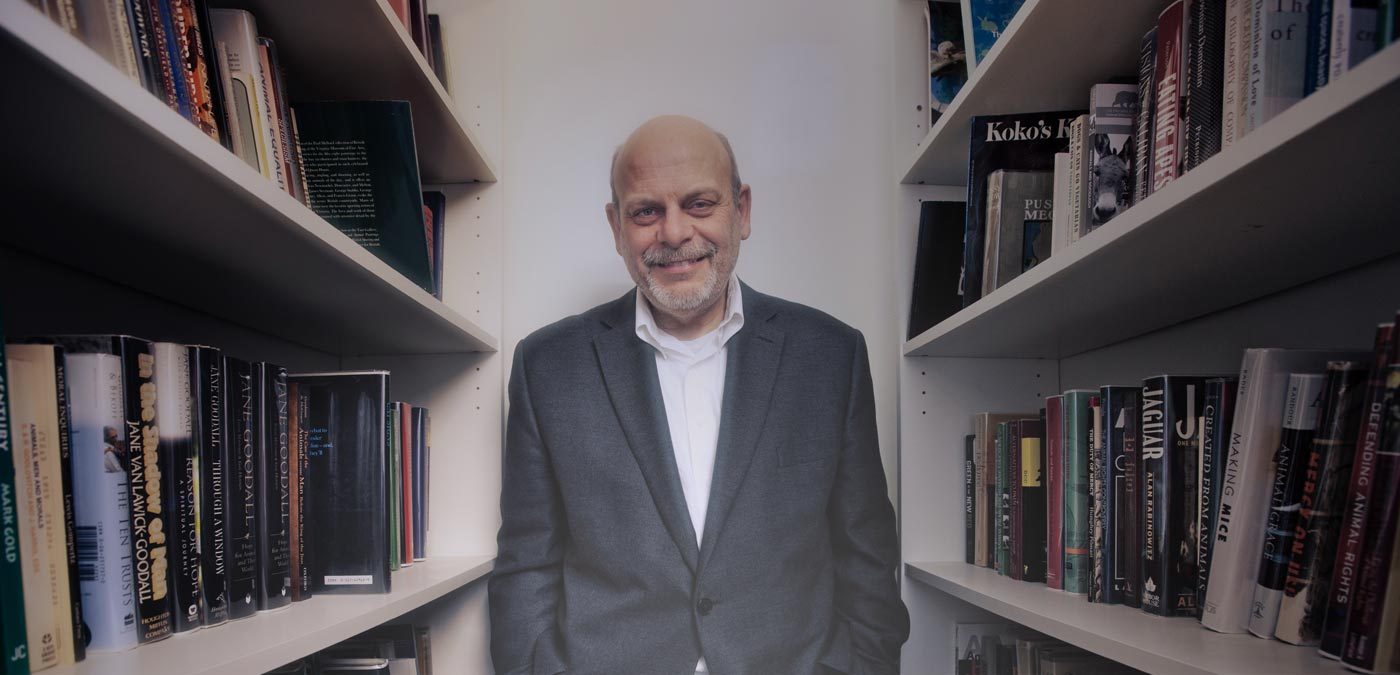Monks House and Charleston

Charleston, the Sussex farmhouse home of Vanessa Bell, Clive Bell and Duncan Grant, and frequently visited by the Bloomsbury Group.
Yesterday two important homes in the history of British literature were open to the public for the last time this year before they are closed up and put to bed for the winter to reopen next spring.
They are Charleston, the home and country meeting place for the writers, painters and intellectuals known as the Bloomsbury Group, and Monks House, the country home of Virginia and Leonard Woolf, leading Bloomsbury figures. One of the principal residents of Charleston was Vanessa Bell, whose sister was Virginia Woolf. Both homes are a few miles from each other and outside Lewes, East Sussex, which is not that far from where I live in Hastings Old Town.
As someone who is interested in the Bloomsbury Group and celebrates Virginia Woolf as my favourite writer of all time, yesterday’s visit to Charleston and Monks House takes on the feel of a pilgrimage.
As meaningful as it is for me to visit them both, Charleston stands out as the place to go to to connect with this outstanding group of creative and unique individuals. Sadly Monks House wasn’t acquired by the National Trust directly on the death of Leonard Woolf in 1969. If it had I suspect visits to Monks House would be as moving as they are to Charleston. I always leave Monks House pleased with the opportunity but disappointed because I don’t feel an emotional connection to the lives of the Woolf’s.
Whereas at Charleston, the Charleston Trust does an outstanding job of keeping the house and garden in such a way that, for someone like me who is passionately interested in its history, I can imagine what it was like to live there. This is because the trust took on the house after the death of its last remaining resident, Quentin Bell, who died in 1996. His parents were Vanessa (nee Woolf) and Clive Bell.
Yesterday, Linda, an outstanding tour guide, shared Charleston and her knowledge of it with me as part of a small group. Moving from the Dining Room to the Garden Room, from Vanessa Bell’s Bedroom to Maynard Keynes’s Bedroom, and to learn about the paintings hung on the wall, the fabrics covering the chairs, the pottery on the shelves and the books on the bookcases and all their histories, is to make connections with the people who made them, designed them, wrote them and used them. To move around Charleston from room to room is to feel the Bloomsbury spirit. It is far from being an antiseptic experience, which I sadly so often feel when I visit some historic homes. A visit to Charleston is to learn about their lives and the tragedies and achievements of those who lived there.
So, when I visit Monks House and Charleston and then read about the Bloomsbury group and savour the writings of Virginia Woolf, whether it’s her novels, journalism, letters or diaries, they become even more important and meaningful to me. Their lives, whatever may be said about the Bloomsbury group, were lived to its fullest. This isn’t meant to put them on a pedestal marked “super human.” They, like the rest of us, were flawed and problematic people. Nonetheless, they, in particular, Virginia, remain an inspiration.
Virginia committed suicide by drowning in the River Ouse, near Monks House, in 1941. Near Virginia’s bust by Stephen Tomlin is one of Leonard by Charlotte Hewes. Leonard’s bust is engraved with his words, which say,
I believe profoundly in two rules, justice and mercy. They seem to me the foundation of all civilised life and society if you include under mercy toleration.












